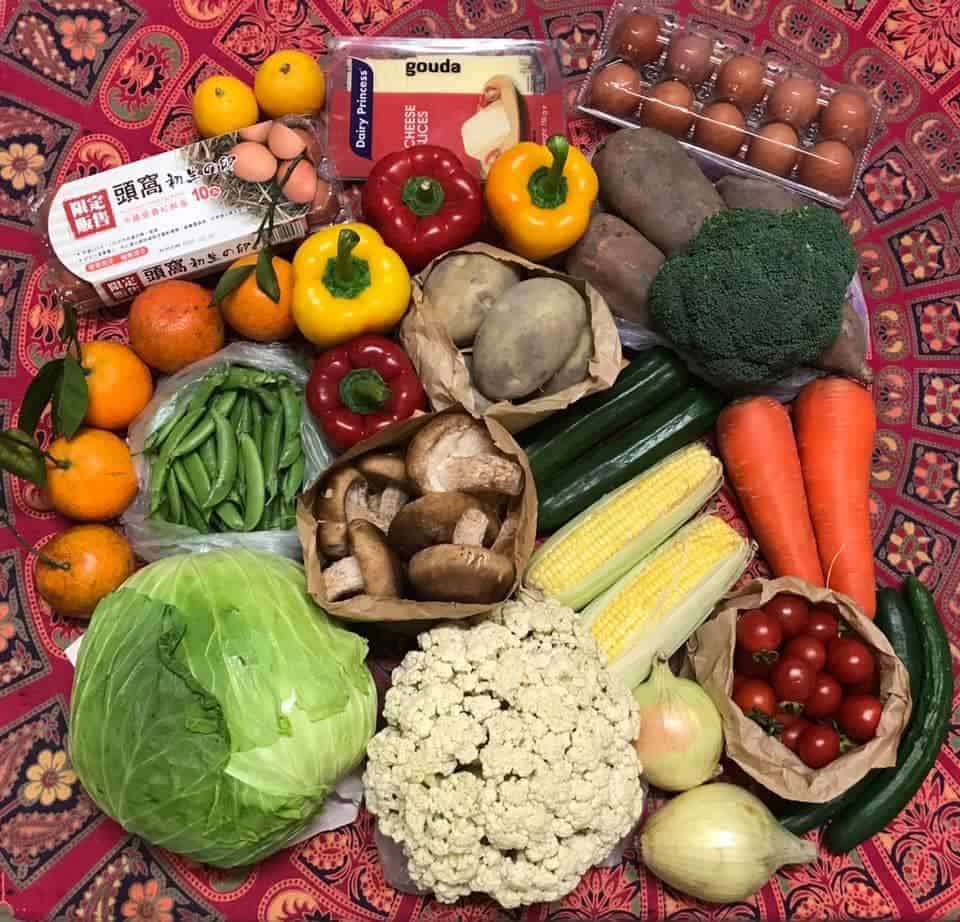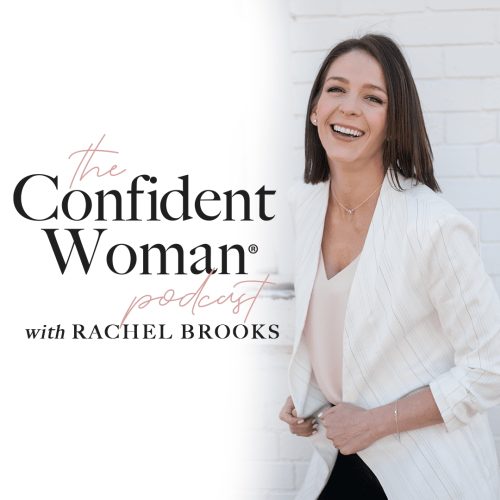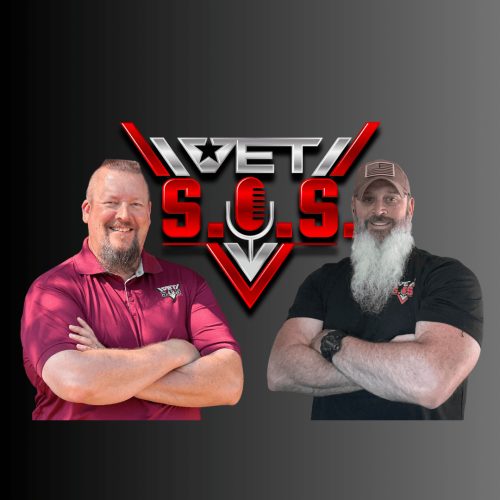Top 10 Insights: How To Survive With Only $100 a Month for Food
Does anyone else groan at the rising price of strawberries in grocery stores? What about those eggs? As inflation increases, grocery bills unveil added layers of distress. But are these expensive grocery trips available? Can you survive on a food budget of $100 a month?
Here is how ten people responded.
1. Food Banks

Food banks specialize in donating quality food to individuals who don’t have the means to purchase all their food or those who need some assistance with meal ingredients. Loads of users reported visiting food banks in combination with trips to the grocery store replace missing nutrients in a Diet of $100 a month, or $3.33 a day. Cities tend to have more food banks than smaller towns. Feeding America is a great resource.
2. Facebook Groups

Who doesn’t love a good Facebook group? When they aren’t rattling about careless information, Facebook groups help several communities. According to one user, ‘Buy Nothing’ Facebook groups contain swaths of posts from users giving away large batches of food.
3. Frozen Food

Frozen food is a blessing. For a fraction of the price of fresh produce, frozen food maintains nutritional value and has a prolonged shelf life. Purchase frozen food or cook meals and freeze the leftovers for meals later.
4. Canned Food

Canned fish, beans, vegetables, and milk are great additions to a budget-friendly diet. Canned food comes in varieties; for example, when purchasing canned beans, you can invest in a low-sodium, fat-free, or vegetarian version. Canned food stores nutrients like frozen food, and canned food doesn’t spoil without refrigeration.
5. Planting a Garden

A few users suggested buying seeds or small plants to grow vegetables and fruits for a garden. One person said they have a prosperous tomato garden that takes two to three months to develop.
6. Buy in Bulk

I always have a week’s supply of rice and beans in the pantry. Purchasing bulk portions of dry goods help when you are low on food and need a meal. Bulk prices are lower than single servings and last a lot longer. One person who buys in bulk said they cook and freeze their leftovers.
7. Switch Up the Menu

When saving Money, you must learn to combine ingredients in different dishes. Expand that palette and menu; if you have leftover frozen veggies, throw them in some soup, or pair some frozen meat with leftover veggies.
8. Less Meat

A bunch of users mentioned cutting down on meat saves a lot of money. If you plan to purchase meat, buy it on sale closer to the expiration date. Someone said grocery stores sell a large portion of discounted meat in the morning.
Cook the meat and freeze the extra.
9. Cut Out Processed Foods

Processed foods might have a lower price tag but have little to no nutritional value and won’t satisfy hunger. Instead, search for whole foods which are healthier and keep you full.
10. Buy Generic Brands

I’m going to say something controversial. Name brand and generic brand food are the same. For the most part. I live near two grocery stores, Publix, a popular southeast market, and a neighborhood Walmart. Both establishments sell the same name-brand food, but Publix hikes their prices more than Walmart. And Publix is more popular than Walmart, at least in my neighborhood.
Have you ever wandered through a grocery store and stumbled upon the cheese shelf? The Kraft cheddar costs more than the generic one and looks the same, minus the packaging. Which one do you buy? The name-brand cheese or the generic bag. Spoiler alert, if you choose the name brand, you’re paying for a label.
This thread inspired this post.
























